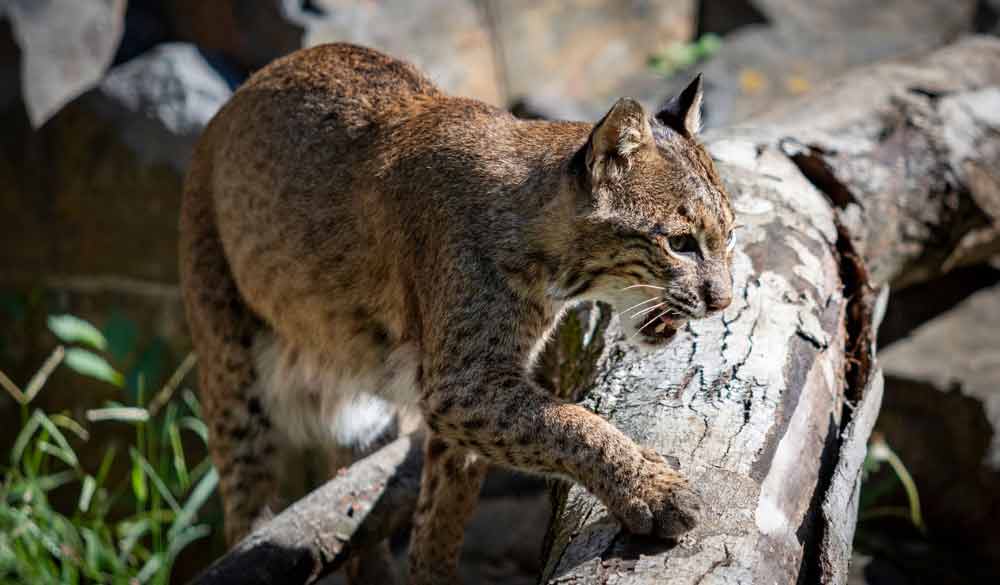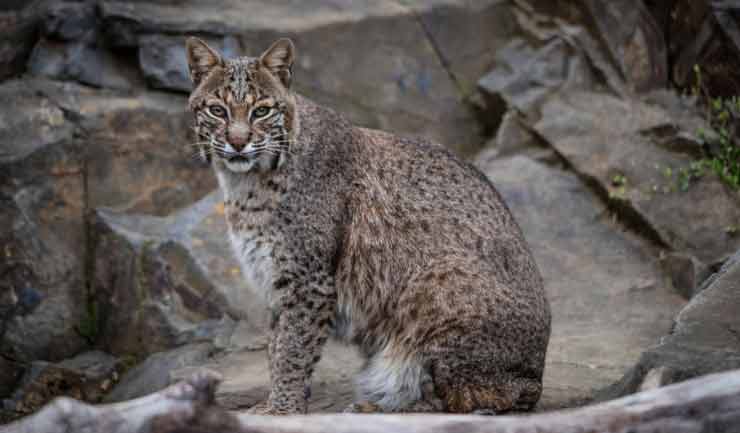Meet Our Animals
The Brandywine Zoo proves that great things do come in small packages. The Zoo features animals from the tropical and temperate areas of North and South America, Asia and Africa. Our animals range from more common species to the highly endangered. All enjoy natural settings and welcome your visit to the zoo. Some animals may be off exhibit during cold weather.
Lynx rufus
Bobcat

Habitat
Geographic Region & Range
Diet
Physical Description
Fur of various shades of brown, with dark brown or black stripes and spots. Short ear tufts, and ruffs of hair on the side of the head, giving the appearance of sideburns. A short tail, up to 6 inches long.
Size
• 1-2 feet tall
Weight
Lifespan
Natural Habitat: 7-12 years (oldest on record was 15)
Under Human Care: mid-20s (oldest on record was 32)
Threats
Status

What are AZA Zoos doing for
Bobcat
Several zoos, including Brandywine Zoo, are involved in the Urban Wildlife Information Network, a North American collaborative survey of urban ecosystems. Bobcats are found in urban environments across the continent, and understanding their behavior and influence on their ecosystem is key to their survival and reducing human-wildlife conflict.
Fun Facts
Bobcats are found in every contiguous state in the United States except Delaware.
Bobcats are solitary, meaning they prefer to live alone. Kittens will live with their mother for 8-12 months, but are kicked out before her next set of kitten are born.
Bobcats are able to take down prey animals eight times their own weight!
Bobcats are amazing jumpers! They can leap a distance of 10-12 feet, and jump heights of 8-10 feet.
The Shawnee Native Americans have a tale that explains why the bobcat got its spots: After trapping the rabbit in a tree, the bobcat is persuaded to build a fire, only to have the embers scattered into its fur, leaving it singed with dark brown spots.
